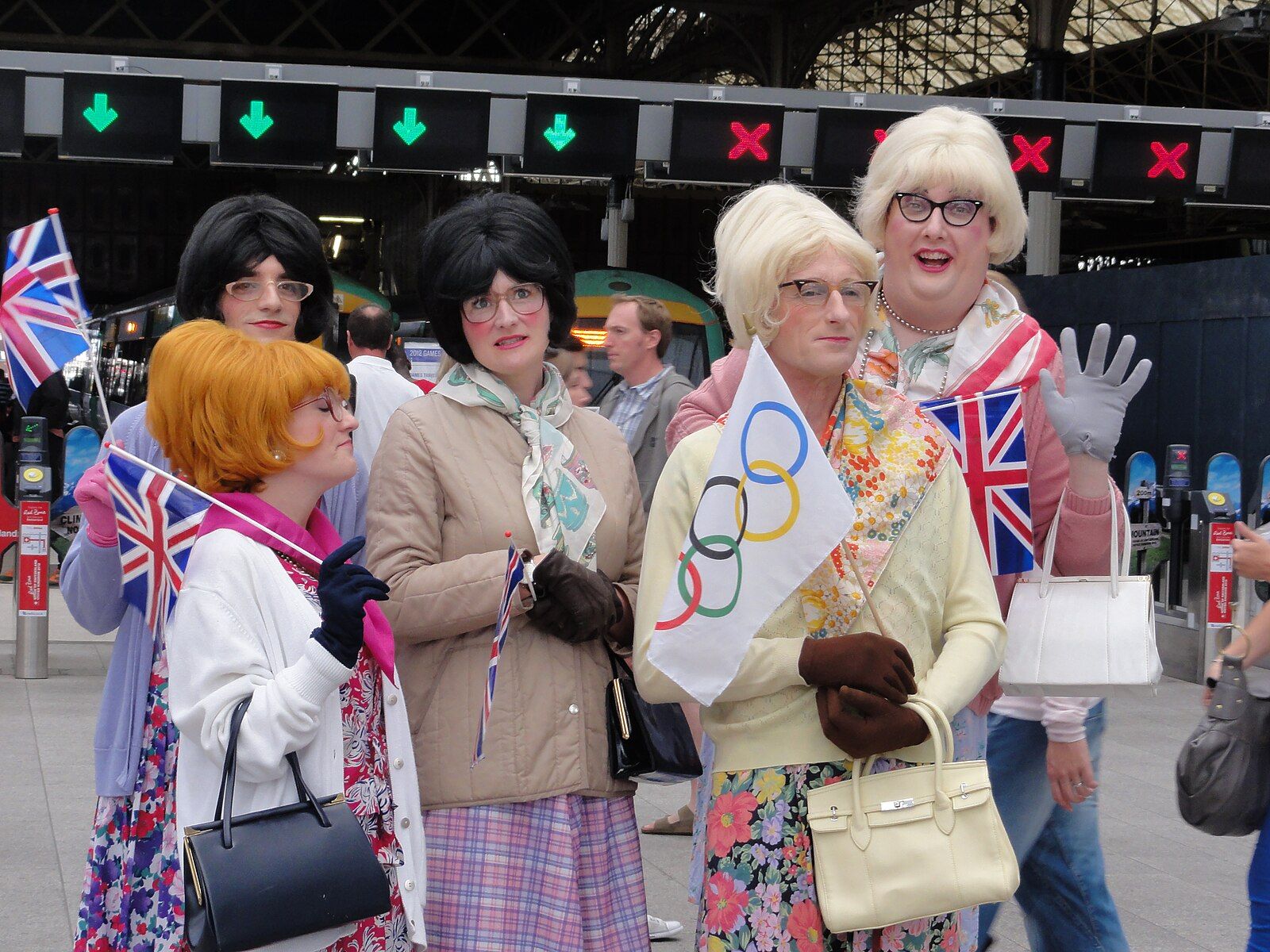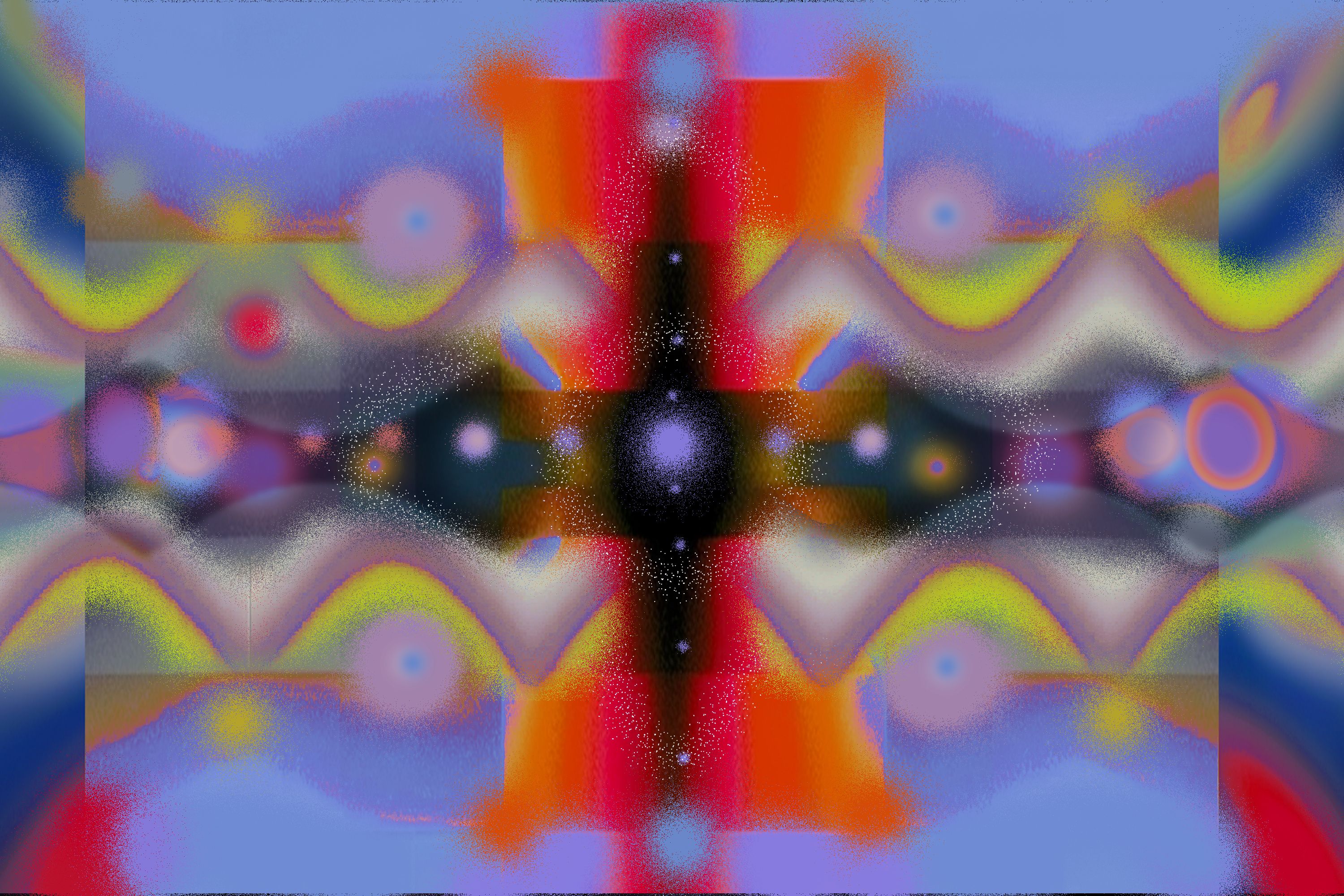Four Principles For Building Power in Media


2024-08-06
One surprising effect of the opening of the Olympic games in Paris was a moment of popular relevance for art historians. They jumped into social media threads around the world, the morning after the opening ceremony, to quell a rising furor among the Christian faithful and to school everyone in the aptest historical references for the made-for-TV tableau that featured drag queens making the most of a wet evening on the Seine. (Top historical reference contenders were Le Festin des Dieux by Jan van Bijlert and Banquet of the Gods by Carlo Bellosio.) What art historians failed to account for in their helpful lessons, however, were two truisms of how media work.
 First, it is audiences that get to bring their references to the watch party, not experts. We make meaning out of what we see, with whatever we have inside the body’s box of stored experience, all our cultural, community, and family knowledge, all our memories and identities. So it stands to reason that, in a banquet scene with a central haloed figure, a Christian (and many others too!) might see the Last Supper. And odds are that they would see Da Vinci’s Last Supper specifically, since Da Vinci’s painting is probably the most reproduced image of that event . . . if not one of the most reproduced images ever, what with all the posters, mugs, and T-shirts. Which brings us to the second truism.
First, it is audiences that get to bring their references to the watch party, not experts. We make meaning out of what we see, with whatever we have inside the body’s box of stored experience, all our cultural, community, and family knowledge, all our memories and identities. So it stands to reason that, in a banquet scene with a central haloed figure, a Christian (and many others too!) might see the Last Supper. And odds are that they would see Da Vinci’s Last Supper specifically, since Da Vinci’s painting is probably the most reproduced image of that event . . . if not one of the most reproduced images ever, what with all the posters, mugs, and T-shirts. Which brings us to the second truism.
In media, repetition is power. Repetition makes reality. Repetition is what matters, when it comes to image, association, and searing points of reference into the gray matter of millions of people. So while an uber-educated Pagan would clearly see the intended reference to a bacchanal, as rendered by obscure artists, the rest of us might be forgiven our mistake of reverting to what we know best, as a function of what we’ve seen most. We’d be surprised if someone on the creative team for the Olympic opening ceremony didn’t raise concerns about how religiously conservative Christian audiences might be expected to receive the offending tableau.
But, like our art historian friends, we were really hoping to use this moment to make topical obscure things we might never otherwise get to talk about: iconographical and visual analysis. Iconographical analysis is what everyone who jumped into the social media fray about the Olympic drag queens was doing! It involves observing how elements in a piece of media content reference and derive meaning from other media content—whether visual or textual—establishing a shared set of narratives or symbols. We use iconographical analysis a lot in our work. It helps us surface the formal patterns in media content that trigger associations in audiences and contribute to the narratives they use to make sense of themselves and the world. Entering a Christian church, we would not have to be told that the man on a cross hanging over the altar represents Jesus, the same Jesus as on the prayer card in our pocket, who saves us from our sins and holds our place in heaven, because the iconography works. In the same way, contemporary media use hand gestures, clothing, and all sorts of objects to construct meaning for audiences, make connections, and signal belonging to movements or fandoms.
 What about visual patterns that are more subtle, nascent, not yet connected to well established systems of cultural meaning? Here’s one subtle visual pattern we’ve been noticing lately, in everything from body shapes idealized on TikTok to ads for consumer goods, memes, and stage design in televised spectacles. It features a top-heavy form flaring outward and narrowing at the bottom, an upside-down triangle that runs counter to intuitions of balanced construction, as in, say, the Eiffel Tower. We read it as embodying an old-school masculine flex, a showy gesture of mastery over material that comes on big and strong, but from a tippy base, suggesting both power and instability.
What about visual patterns that are more subtle, nascent, not yet connected to well established systems of cultural meaning? Here’s one subtle visual pattern we’ve been noticing lately, in everything from body shapes idealized on TikTok to ads for consumer goods, memes, and stage design in televised spectacles. It features a top-heavy form flaring outward and narrowing at the bottom, an upside-down triangle that runs counter to intuitions of balanced construction, as in, say, the Eiffel Tower. We read it as embodying an old-school masculine flex, a showy gesture of mastery over material that comes on big and strong, but from a tippy base, suggesting both power and instability.
 For sure prevailing shapes in trash receptacles evolved slowly, over many years, from straight sides to an outward flare, and the same is true for water bottles (think back to 2016 Swell), podiums (see the 2008 Obama-McCain debate stage), and the perfect gym body (as in the time before Silicon Valley stars challenged each other to cage fights). We’re not so interested in the timeline of these events, nor understanding why or how they came to be. Mostly, we’re interested in the convergence of human attention on this particular shape right now, which prompts its further reproduction throughout culture. And we use visual analysis to understand the shape’s formal characteristics, along with close attention to the emotions its manifestations evoke.
For sure prevailing shapes in trash receptacles evolved slowly, over many years, from straight sides to an outward flare, and the same is true for water bottles (think back to 2016 Swell), podiums (see the 2008 Obama-McCain debate stage), and the perfect gym body (as in the time before Silicon Valley stars challenged each other to cage fights). We’re not so interested in the timeline of these events, nor understanding why or how they came to be. Mostly, we’re interested in the convergence of human attention on this particular shape right now, which prompts its further reproduction throughout culture. And we use visual analysis to understand the shape’s formal characteristics, along with close attention to the emotions its manifestations evoke.
In their 1981 book, Metaphors We Live By, George Lakoff and Mark Johnson argue that people conceive experience in language through shared metaphors that tend to borrow from physical reality and structure even our most abstract ideas in terms of space, form, and other embodiments. Expressions of happiness, for example, tend to suggest “up” (a boost to my spirits); expressions of sadness tend to suggest “down” (a sinking mood); and expressions of control frequently suggest a positionality of “on top” (an idea under wraps). These suggestions are so deeply known, rooted and reproduced in the flesh and blood of our bodies, the ebb and flow of emotion, that they go unremarked, even as they quite literally shape cognition. As media cultures become more kinetic, more visual, and less dependent on written text, we wonder whether there might be a similarly describable and subtle visual pattern language underlying and driving our experience and interactions with media. What could such a visual language tell us about the structure of the stories we’re carrying forward into the future?
Get in touch to tell us what you think or learn more about how we work.
Title image by Fae.



